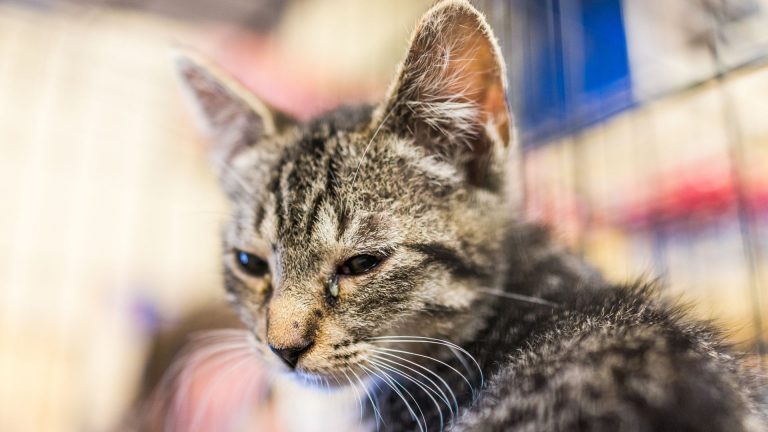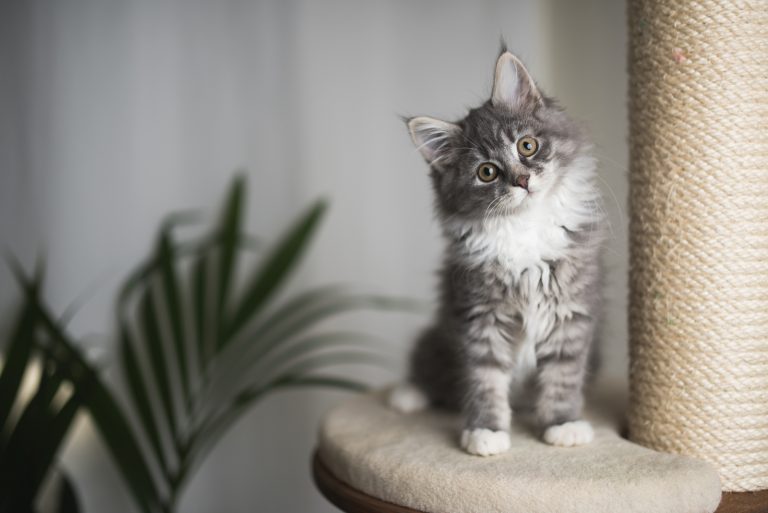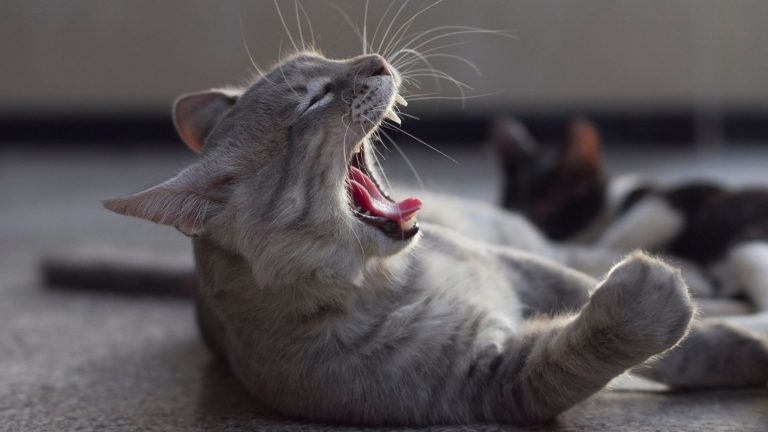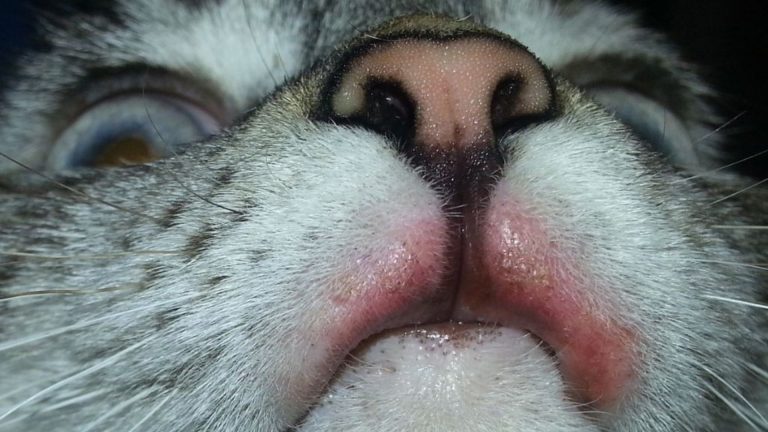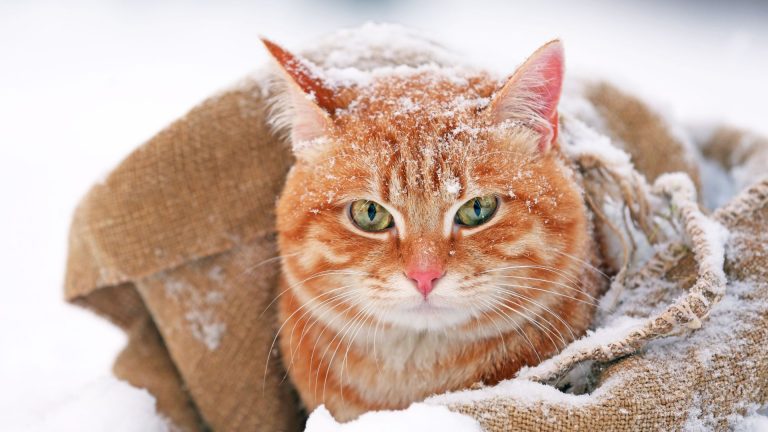MRI For Cats: Why Your Cat Might Need It, And Its Price
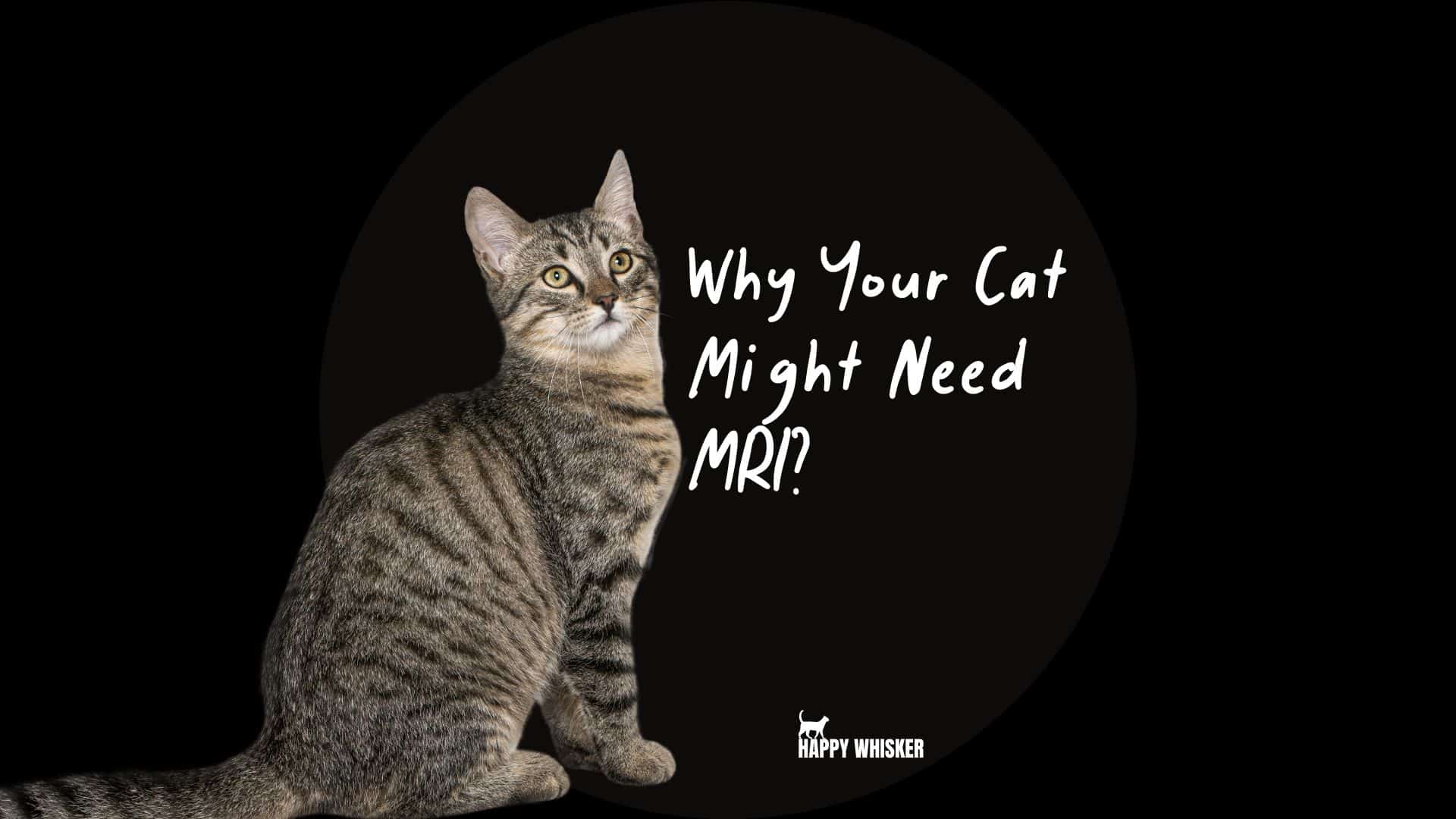
An MRI is a safe and non-invasive way to diagnose and monitor your pet’s health, providing invaluable information that can help keep your cat healthy.
Is your feline friend in need of an MRI, and you want to know more about it, or you’re simply curious? Well, you’ve come to the right place!
In this article, we will explore the benefits of using MRI for feline health, how the procedure is performed, what you can expect during and after the scan, and the price you can expect to pay for it.
What Is An MRI For Cats?
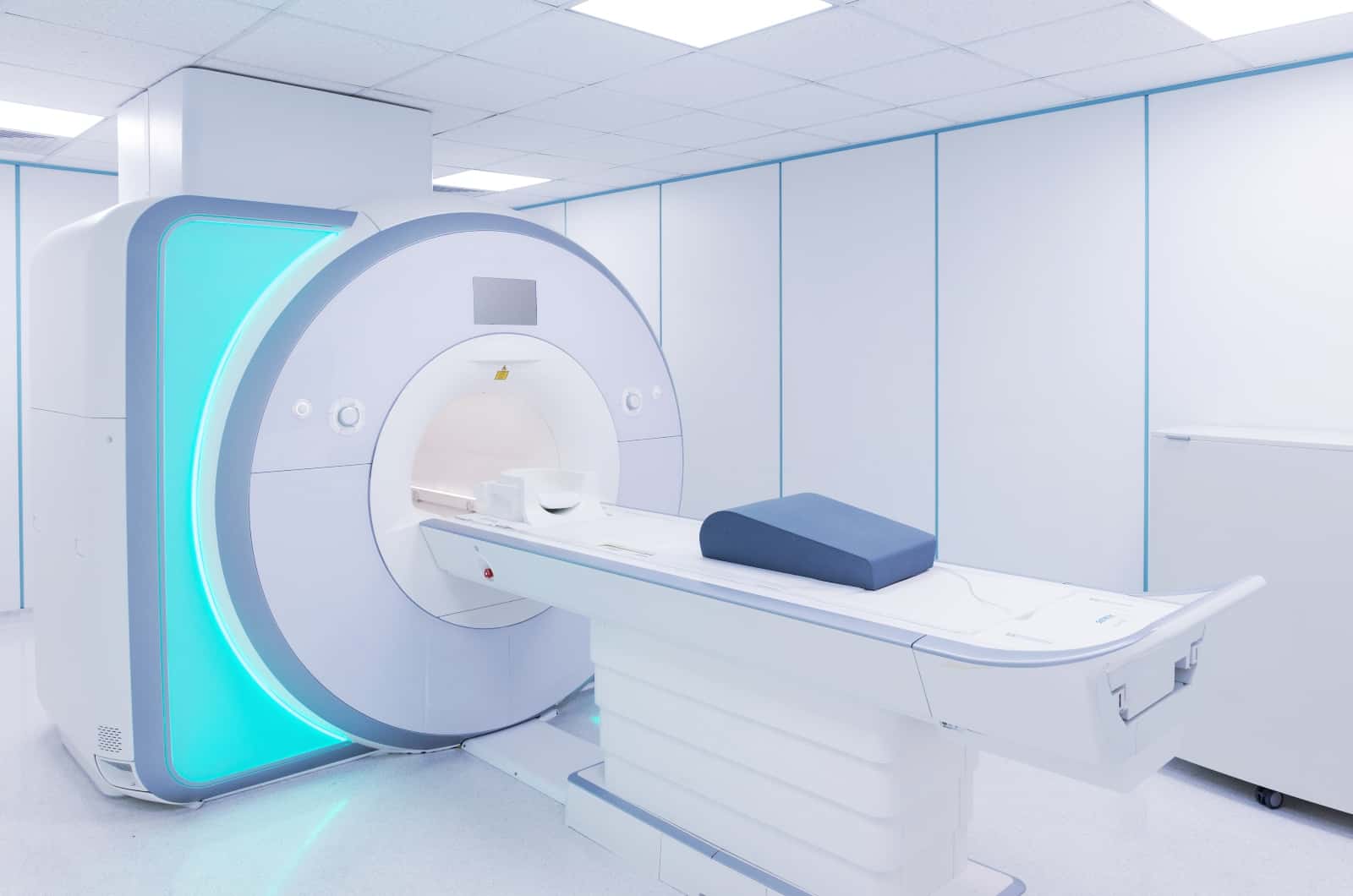
MRI (Magnetic Resonance Imaging) is a very useful diagnostic tool that veterinarians use to look at what’s happening inside a cat’s body.
How does it work? Well, it uses powerful magnets and radio waves to create detailed images of the inside of a cat’s body (or a dog’s or human’s body for that matter).
When the magnetic field and radio waves are combined, they create a detailed picture of the organs and tissues inside the body.
If you’ve ever had an MRI scan, you probably know that an MRI machine typically consists of a large, tube-shaped machine with a bed or table that slides into the center of the tube.
Is It Common For Cats To Require MRI Testing?
While it is not a common procedure for cats, it may be recommended when other imaging modalities, such as X-rays or ultrasounds, are insufficient.
Cats may need an MRI if they are experiencing certain signs or symptoms that suggest an underlying problem that requires further evaluation.
Some examples might include neurological disorders, cancer, or injuries to the spine or brain.
In most cases, an MRI can provide detailed images of the affected area and help the veterinarian make a diagnosis and develop a treatment plan.
Why Would A Cat Need An MRI?
There are a variety of potential causes that could require a cat to have an MRI.
These include neurological problems, internal injuries, pain, infections and abnormalities of the organs.
For example, MRI can be used to diagnose spinal cord injuries or brain tumors.
Internal injuries and bleeding can be diagnosed as well, for example, if the cat took a fall or was involved in a car accident.
An MRI can also help to identify pain caused by chronic conditions such as arthritis or cancer.
Infections, such as abscesses or brain infections can be diagnosed using an MRI.
Liver or kidney disease, heart abnormalities, or abnormal blood flow are other examples where MRI can be useful.
How Is An MRI Procedure Performed?
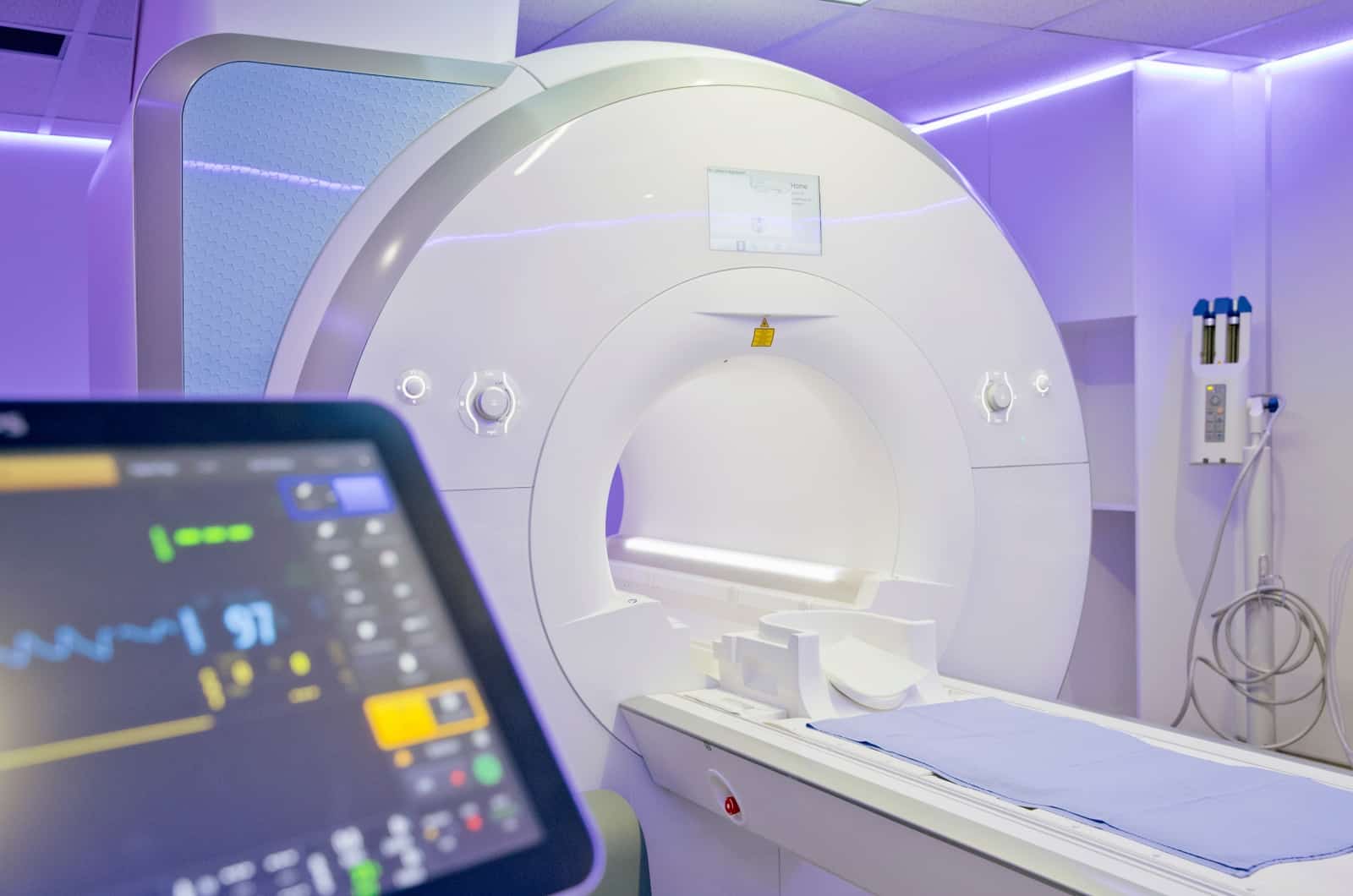
Here are the general steps for performing an MRI procedure on a cat:
• The cat is placed on a table, the technician attaches sensors on the cat’s body and the table slides into the MRI machine.
• The technician starts the MRI scan, which produces noise.
• After the scan, the cat is removed from the MRI machine, and the sensors are removed.
How Long Does An MRI Take For A Cat?
The diagnostic imaging procedure can take anywhere from 30 minutes to several hours.
The scanning time itself is very brief, but preparation for the scanning can take some time.
Is Getting An MRI Somehow Dangerous For The Cat?
MRI is generally a safe procedure for cats. However, as with any medical procedure, some potential risks are involved.
One potential risk of an MRI is anesthesia, which may be necessary to keep the cat still during the scanning process.
Anesthesia does not come without risk, and these risks include respiratory and cardiovascular complications, as well as the risk of an allergic reaction.
Another potential risk is the use of the MRI machine itself. The strong magnetic field and radio waves used during the procedure are generally safe.
Still, there is a small risk of burns or other injuries if a metal object is present in the area being scanned (medical personnel are trained to avoid this).
Overall, the risks associated with MRI in cats are generally low.
An MRI scan is an important tool for helping diagnose various diseases and other health issues; the risks are outweighed by the benefits.
I assure you that the medical professionals in charge of the entire MRI procedure for your cat are skilled and will ensure your cat’s procedure goes on perfectly.
Is An MRI Procedure Stressful For Cats?

MRI procedures can be stressful for cats, as they may be confined to a small space (due to the design of the MRI machine).
Another potential cause of stress is the process of administering anesthesia.
Using anesthesia and confinement in a small space can be particularly stressful for cats prone to anxiety or those that aren’t used to being handled by strangers (medical personnel).
Cats, like all animals, can vary in their tolerance for confinement and handling. Some cats may cope with being confined in a small space better than others, particularly if they are used to being transported in carriers.
It is important to remember that using anesthesia during an MRI procedure can also affect a cat’s behavior and response to being confined. How so?
Well, anesthetized cats may be less aware of their surroundings and less able to respond to stimuli, making the confinement less stressful for them, which is a good thing.
What Can I Expect Before And After An MRI Scan For My Cat?
Before the procedure, the cat may be given medications to help relax or sedate them. It may be fitted with an intravenous (IV) catheter to administer fluids and medications during the procedure.
The cat will then be transported to the MRI suite and positioned on the scanning table.
After the MRI scan, the cat will be monitored until they are fully awake and alert. The doctor of veterinary medicine will review the MRI images and discuss the findings with the cat’s owner.
Depending on the MRI results and the cat’s overall health, further treatment or follow-up care may be recommended.
What Can I Expect To Pay For My Cat’s MRI Scan?
The cost of your cat’s MRI can vary widely depending on several factors, but generally, you can expect to pay anywhere from $1,000 to $3,000 or more for an MRI scan.
Pet owners, I always recommend checking with your pet insurance provider to see if the cost of an MRI is covered under your insurance policy.
MRI Vs. CT Scan – What’s The Difference?

Cat MRI and CT scans are both imaging tests used to diagnose and evaluate medical conditions in cats.
The primary difference between MRI and CT scans is how they create images.
• MRI scans use a large magnet, radiofrequency pulses, and a computer to create detailed images of organs, soft tissues, bones, and other internal structures.
• CT scans use X-rays and a computer to create detailed images of the same structures.
• MRI scans are better at detecting soft tissue abnormalities, such as tumors and tissue damage.
• CT scans are better at visualizing bony structures, such as fractures and bone infections.
• In addition, MRI scans often require anesthesia for cats, while CT scans do not.
During a cat scan, a cat is placed under general anesthesia and inside a CT scanner, a machine that uses x-rays to create detailed cross-sectional images of the body.
The images are then interpreted by a radiologist, a medical professional specializing in radiology.
What Will An MRI Show That A CT Scan Won’t?
MRI scans are better at showing soft tissue structures such as muscles, ligaments, and tendons, while CT scans show hard tissue structures such as bones.
In cats, MRI scans can reveal certain conditions, including intervertebral disc disease, inflammatory brain diseases, certain spinal cord diseases, and brain tumors that may not be visible on CT scans.
Which Is More Expensive: An MRI Or A CT Scan?
The cost of an MRI and a CT scan can vary widely, but in general, an MRI scan is more expensive.
That’s because an MRI scan is more complex – it requires more specialized equipment, and requires higher levels of expertise from the medical technicians performing the MRI scan.
MRI Vs. Radiography – What’s The Difference?
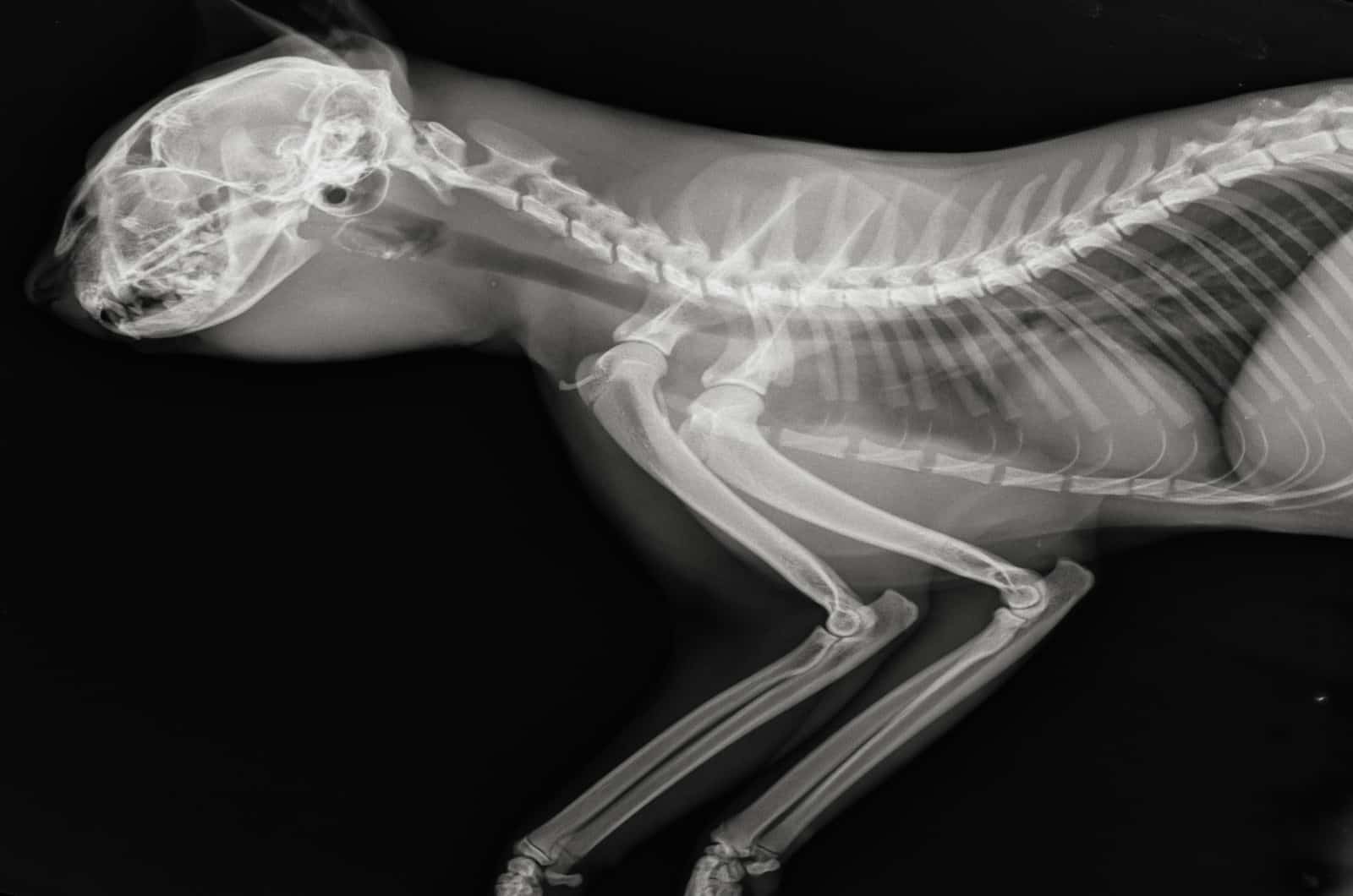
MRI and radiography (also known as x-ray imaging) are two medical imaging techniques, often used by veterinarians all over the world.
Both techniques are used to visualize the body’s internal structures, but there are some key differences between the two, such as:
• MRI uses a strong magnetic field and radio waves to create detailed images of the body’s tissues, while radiography uses x-ray equipment to produce x-ray images of the body.
• MRI produces detailed, cross-sectional images of the body’s tissues and organs, while radiography produces two-dimensional images of the body that show the body on a single plane.
• MRI is generally more detailed and safer, but it is also more expensive and time-consuming. On the other hand, radiography is faster and less expensive but produces less detailed images.
What Will An MRI Show That Radiograph Won’t?
MRI (magnetic resonance imaging) is a medical imaging modality that produces detailed images of the body’s tissues and organs.
It is particularly good at imaging soft tissues such as muscles, organs, nerve structures, and blood vessels.
In contrast, radiography (also known as x-ray imaging) is primarily used to visualize bones and is less detailed than an MRI.
Which Is More Expensive: MRI Or Radiography?
MRI scans are generally more expensive than x-ray scans due to the following:
• the higher cost of purchasing and maintaining MRI machines
• the longer time required to perform the exams
• the specialized training and personnel needed to operate the machines and interpret the images
MRI Vs. Ultrasound – What’s The Difference?

In addition to MRI scans and CT scans, feline diagnostic imaging also includes another advanced imaging technique – ultrasound, which uses sound waves to create images of the inside of the body.
The most important differences between the two are:
• MRI uses a strong magnetic field and radio waves to create detailed, cross-sectional images, while ultrasound uses high-frequency sound waves to create two-dimensional images.
• MRI exams require the patient to be placed inside a large machine, while ultrasound exams use a handheld probe placed on the skin.
• MRI scans are generally more detailed, versatile, and time-consuming, while ultrasound exams are faster but produce less detailed images.
What Will An MRI Show That An Ultrasound Won’t?
MRI produces detailed, cross-sectional images of the body’s tissues and organs, including the brain and spinal cord, and can track changes over time.
Ultrasound produces two-dimensional images and is less effective at imaging certain tissue types, such as those high in water and fat.
Which Is More Expensive, An MRI Or An Ultrasound?
The cost of an MRI (magnetic resonance imaging) and an ultrasound (sonography) can vary depending on several factors, but in general, an MRI scan is generally more expensive than an ultrasound.
Importance of Veterinary Diagnostic Imaging
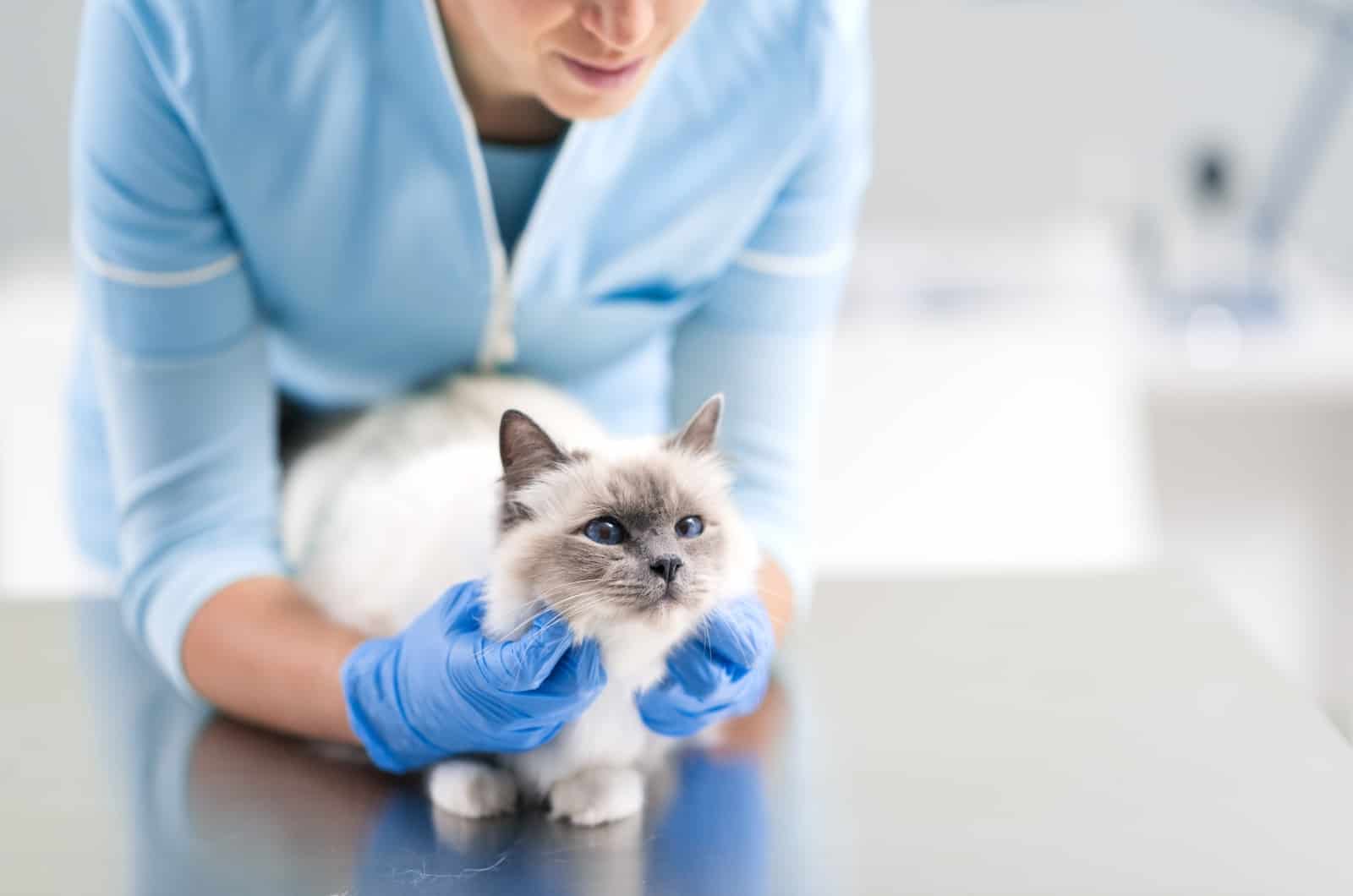
In this article, I’ve compared MRI imaging to the other three commonly used techniques and provided you with an overview of all 4 common imaging techniques.
Now, let’s briefly go over their importance!
Feline diagnostic imaging is a field of veterinary medicine that uses specialized equipment to create images of the inside of a cat’s body
Those images might be crucial in diagnosis and subsequent treatment of various conditions.
The most commonly used techniques are radiography, ultrasonography, computed tomography (CT), and magnetic resonance imaging (MRI).
All four techniques are also useful in monitoring the progress of a cat’s condition and identifying any changes that may indicate that the suspected disease process is advancing.
As you can see, veterinary diagnostic imaging is of great use to veterinarians all over the world, and it’s safe to say that these imaging techniques save lives every day!
You might notice that feline diagnostic imaging is similar to diagnostic imaging in human medicine, as the same type of machines are used (just the patients are different!).
In Conclusion
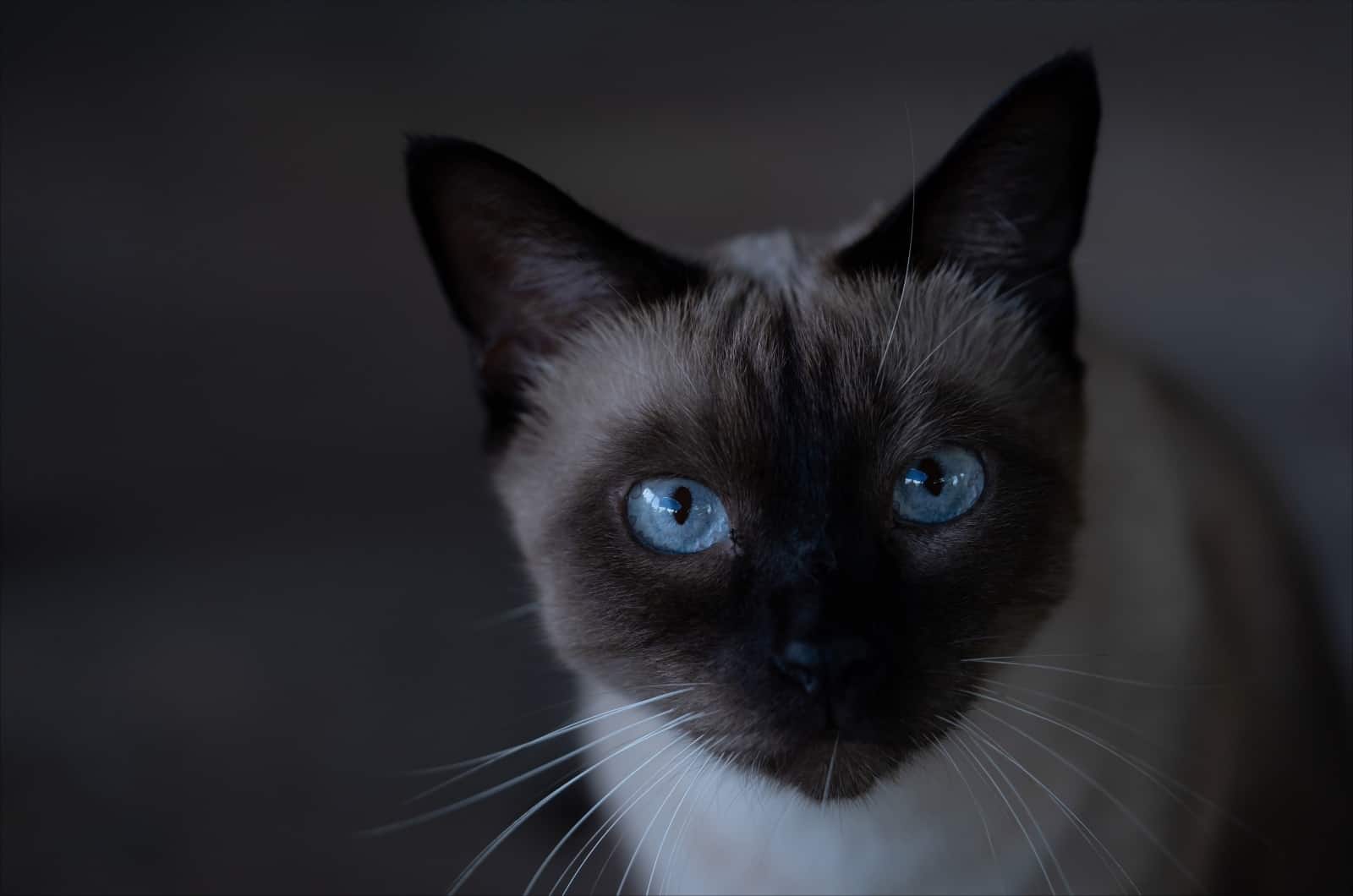
In conclusion, MRI is a valuable imaging tool for cats that can help veterinarians discover the possible causes of a cat’s ill health.
While it is not a common procedure for cats, it may be recommended in certain situations where other imaging modalities are insufficient.
The procedure is non-invasive and generally safe, although some cats may experience stress due to being confined in the small space of the MRI machine.
It is always recommended to check with your pet insurance provider to see if the cost is covered under your policy, as the price of an MRI scan is relatively high – it can go up to a few thousand dollars!
Overall, MRI can provide valuable information that can help keep your cat healthy and improve their quality of life!

